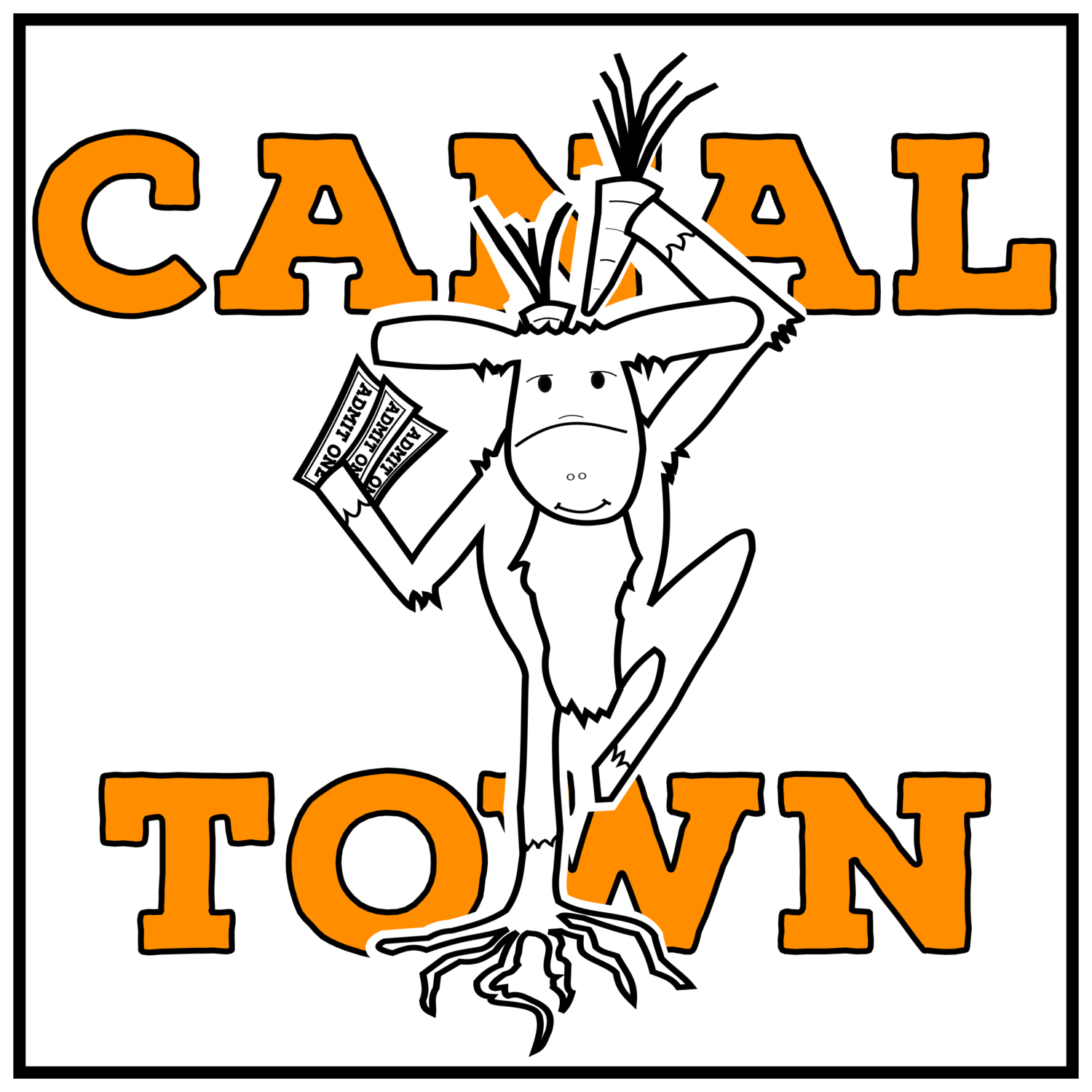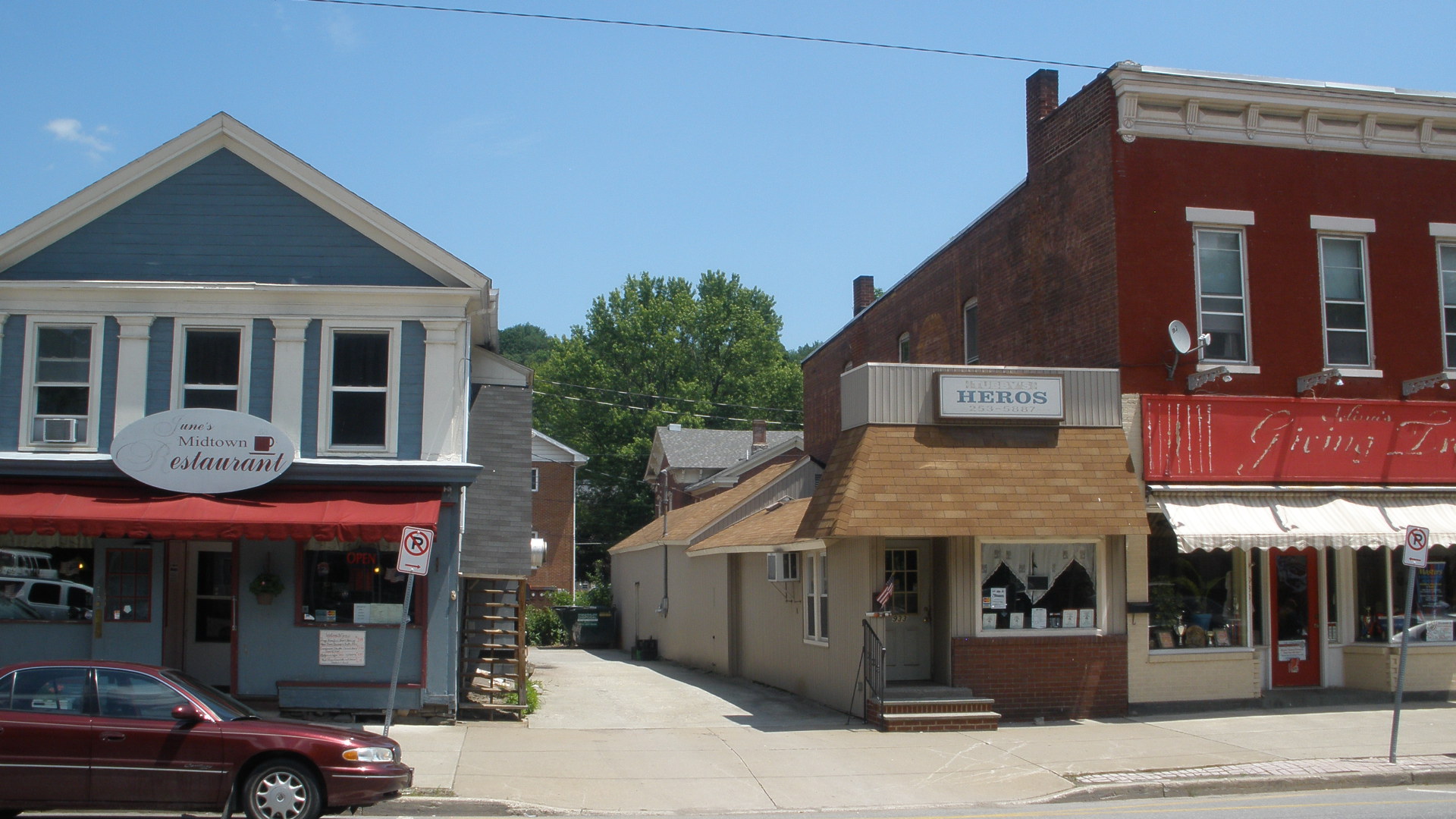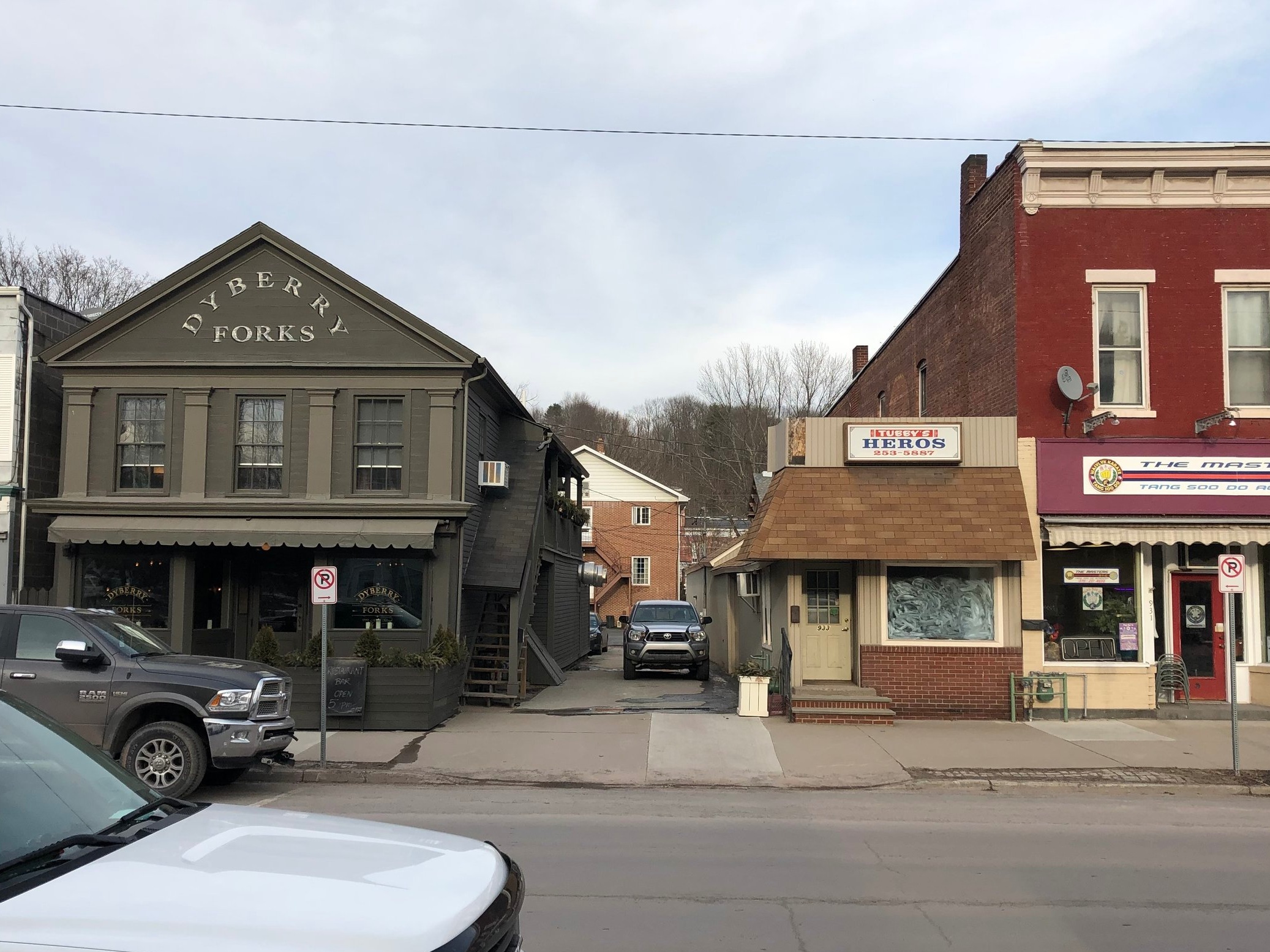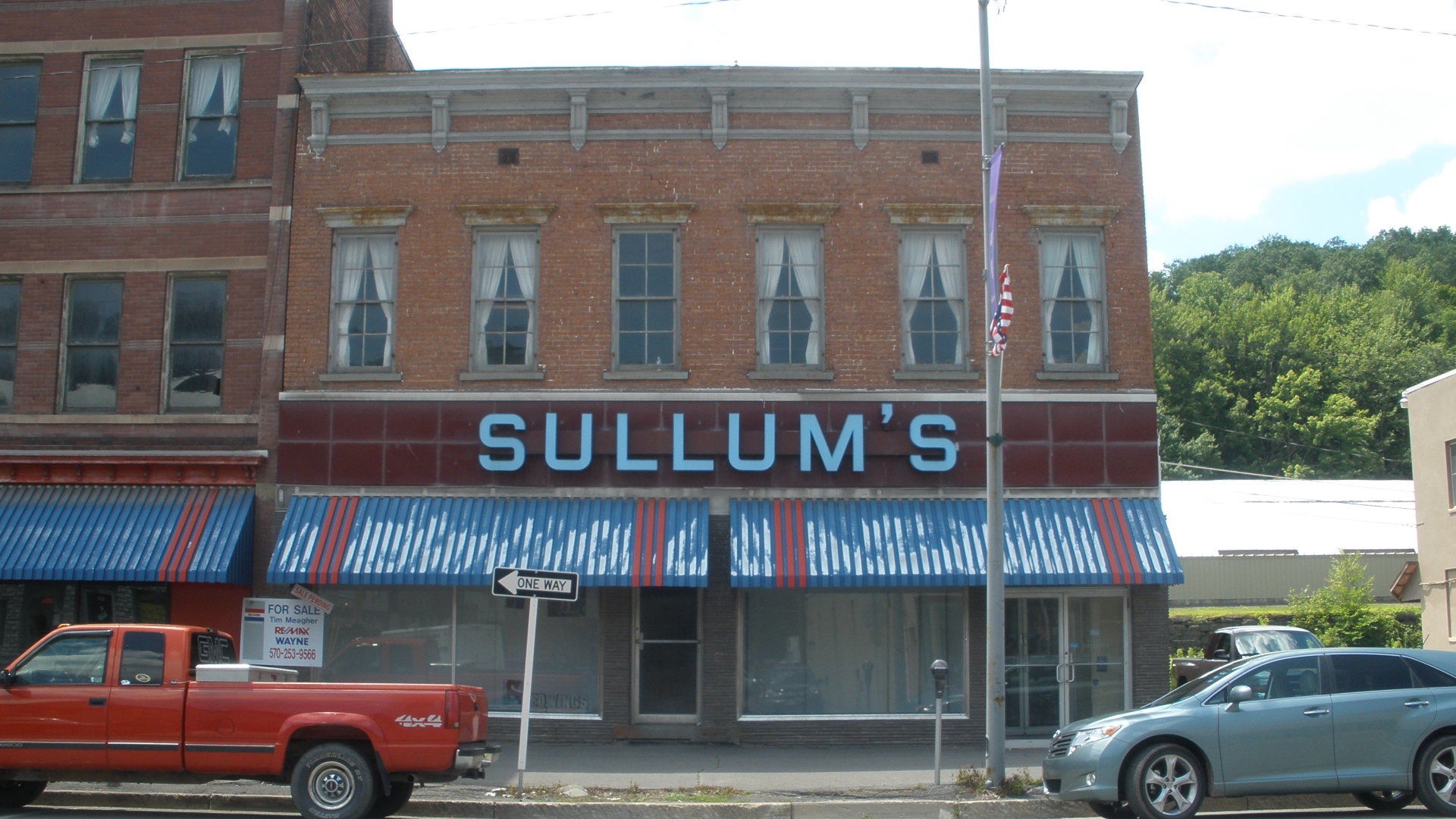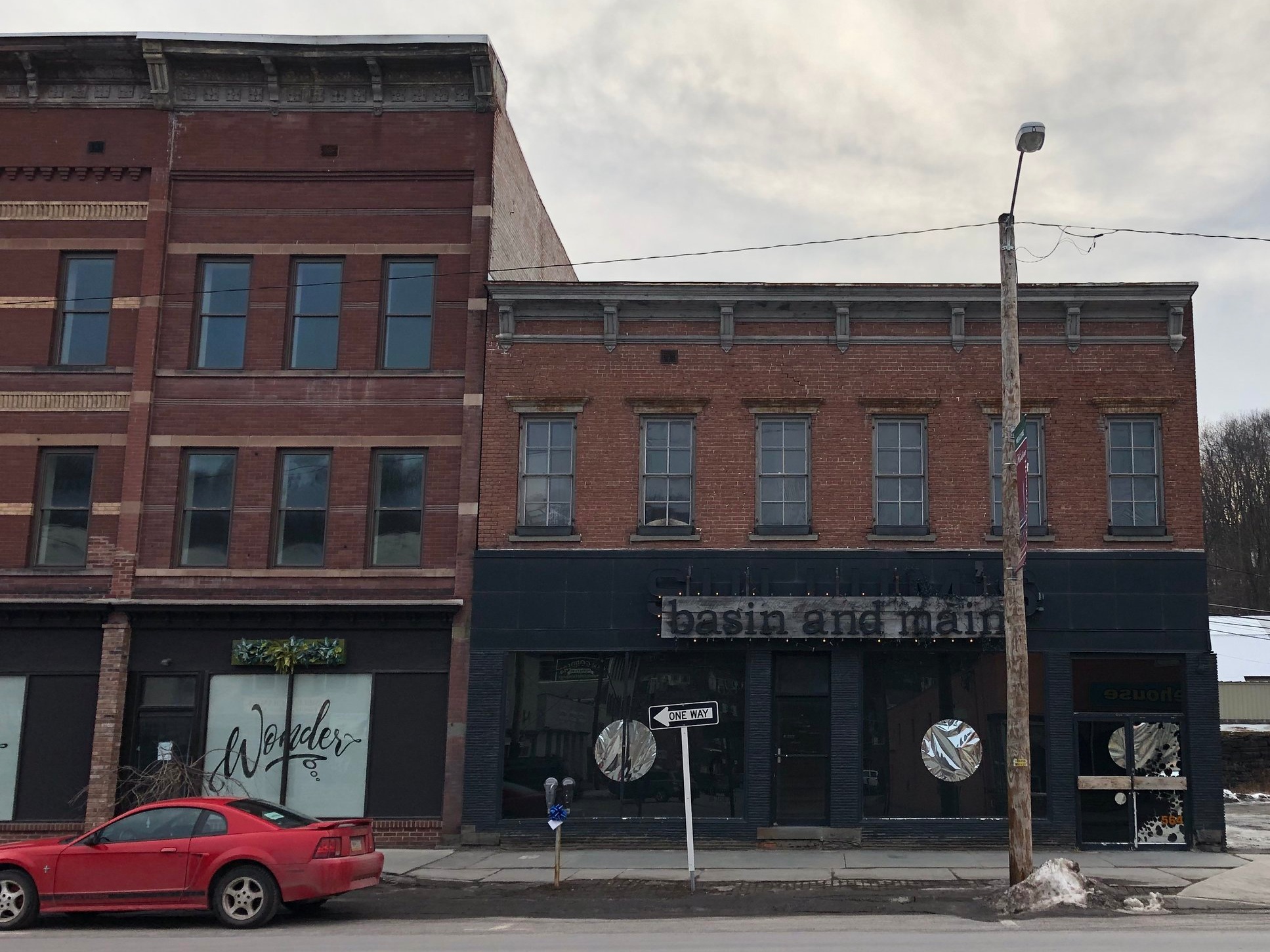“An invisible landscape conditions the visible one.”* Such is the story with water.
Unless its flooding or raining or your kitchen looks out over an old canal basin and the small brook that now babbles through it, water isn’t always top-of-mind. It just flows; sometimes in plain sight, sometimes hidden from view but it's always there. Like veins escorting vitality, a neighborhood’s water network is unobtrusive in its day-to-day presence.
Water quite literally occupies the nooks of an urban environment's local landscape. Cracks in the pavement, imperceptibly low-lying sections of a parking lot, gutter rapids, and shoe-soaking, sidewalk puddles are all part of its story.
Even where daylight shines on what we’d consider a creek, it's often in relatively hidden areas under bridges or devoted to side lots, back yards, and stands of trees that hardly draw a second glance while driving by. With the exception of Honesdale's biggest courses (Dyberry Creek... Lackawaxen River... the waterfalls behind the old Purple Cow), the in-between connections are lost from thought if not lost from view entirely.
